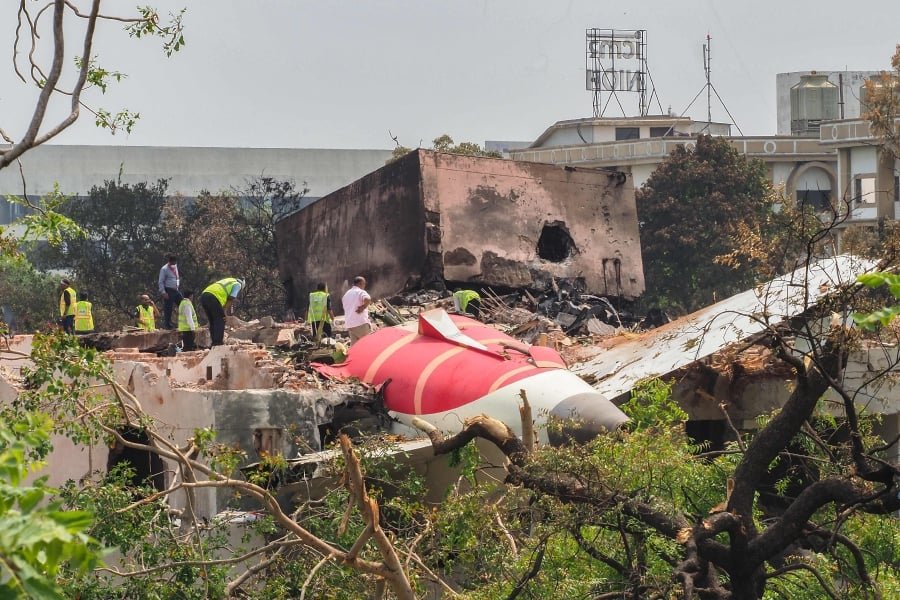On a tragic day in Ahmedabad, an Air India Boeing 787 Dreamliner crashed just minutes after takeoff, killing 241 passengers and injuring dozens more as it plummeted into a building filled with residents. The aircraft, in operation for 11 years, was en route when it suddenly lost control and fell from the sky. While the exact cause remains under investigation, the crash has brought renewed scrutiny to previous warnings raised by aviation insiders about the aircraft model’s structural integrity.
The deadly incident, one of the worst in India’s aviation history, has sparked public outrage and concern over passenger safety in commercial aviation—especially involving aircraft that have previously drawn technical red flags.
FCRF x CERT-In Roll Out National Cyber Crisis Management Course to Prepare India’s Digital Defenders
Whistleblower’s 2024 Warning: A Predictable Catastrophe?
In 2024, Boeing engineer Sam Salehpour filed a formal complaint to the U.S. Federal Aviation Administration (FAA), alleging that Boeing had taken dangerous shortcuts in the construction of the 787 Dreamliner’s fuselage. He claimed that improperly filled gaps between sections of the fuselage—joined during the assembly process—would create excessive stress on the airframe, potentially shortening its operational lifespan and leading to “catastrophic events.”
Salehpour, speaking to the press at the time, stated, “I’m doing this not because I want Boeing to fail, but because I want it to succeed and prevent crashes from happening.” He also described shocking scenes from the factory floor, claiming, “I literally saw people jumping on the pieces of the airplane to get them to align… that’s not how you build an airplane.”
Although Boeing publicly maintained that it had integrated additional inspection protocols into its production system, Salehpour’s lawyers alleged that the FAA was caught off guard by the continued presence of such flaws, as outlined in his 2024 complaint.
Algoritha: The Most Trusted Name in BFSI Investigations and DFIR Services
A History of Delays, Denials, and Deadly Consequences
Concerns about the 787 Dreamliner are not new. The FAA had previously grounded deliveries of the aircraft between 2021 and 2023 while reviewing safety and design issues, particularly those related to fuselage manufacturing and structural inconsistencies. Boeing responded at the time by promising corrective actions, including enhanced inspections and assembly protocols.
However, Salehpour’s disclosures raised questions about the sincerity and effectiveness of those corrections. His warnings were stark: the Dreamliner might not last its claimed 50-year lifespan and could be vulnerable to mechanical failure far earlier.
Now, with the crash of an Air India Dreamliner, those warnings seem eerily prescient. Investigators from the Directorate General of Civil Aviation (DGCA), Boeing, and international aviation safety bodies are now expected to examine whether known structural issues played a role in the Ahmedabad disaster.
The aviation community and the families of those lost are demanding answers, not only about the immediate cause of the crash but also about whether the failure to act on internal whistleblower warnings allowed a preventable tragedy to unfold.


